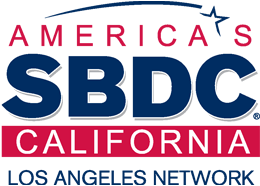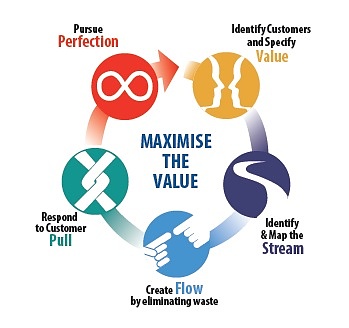Lean is not “lean and mean.” It’s not about getting rid of people; instead, it looks at creating value for the customer and capacity utilizing existing talent. Lean is about satisfying customer demand in the right quantity and at the right time. This is called Just-in-time processing. Everything is based on the daily customer demand rhythm called Takt Time, A German term meaning cadence. If your process can deliver in less time than the customer requires, then the process has added-capacity. If your process cannot meet daily customer demand, then you are building a backlog.
Identifying the waste is easy, getting rid of it is the hard part and takes a team effort by the people that do the work. Getting these folks to come up with ideas to improve the process in small incremental steps is called Kaizen, and you are never done. Kaizen looks at eliminating the Seven Deadly Wastes. These include:
1. Overproduction: making more than what is needed, just-in-case we do not generate a product correctly. Fix the process instead to deliver precisely what you need.
2. Waiting and Delays: Feast or famine especially when your shipping department gets slammed with the end-ofthe- day rush.
3. Excess Inventory: Just-in-case the vendor doesn’t get it to us on time, or not having reliable lead times from the vendor.
4. Excess Movement: Poor office layout. Too many walls, high cubicles, silos-of-excellence.
5. Excess transportation: poor layout.
6. Defects and Rework: ill-trained or uninformed employees on what quality looks like.
7. Unnecessary Processes: Folding a full day’s worth of boxes “so you can get ahead.” Instead, fold for two hours and then move product for two hours. Batching accounts payable to Thursdays, producing all of the same work because we are painting the same color, updating employee birthdates in Human Resources to once a quarter, even though birthdays happen every day.
Finally, lean looks at balancing the workflow by eliminating batching and driving to one-piece flow. We included ten tips from one of our specialized SBDC Advisors to help jumpstart your Lean Initiative at your place of business:
1. Gain Executive Buy-in as an Enterprise-wide Strategic Initiative: It is not Joe or Sally’s way. It is learning the lean methodology and making it part of the fabric of your organization.
2. Metrics Should be Measured and Public: Most organizations are “data-rich.” Learn what data is appropriate for you to start seeing patterns good or bad that you can track over time. If it can be measured, it can be improved.
3. Tie Individual Performance Goals to the desired outcomes.
4. Create cross-functional teams: Implement the improvements with these teams and make the outcomes interdependent to the reward. This way, people help each other out and the success one of one is tied to another’s.
5. Connect with HR: Involve your Human Resources department in reinforcing your desired behaviors.
6. Create an Internal Branding and Communications Campaign.
7. Conduct Improvement Projects: Conduct monthly improvement projects called Kaizen Activity with Cross-Functional Teams so people can get to know each other and learn about each other’s work.
8. Conduct Daily Executive “Walk-Abouts:” Each department should post their goals and objectives. During daily “walk-abouts” executives can then ask a department head or manager what resources they may need. This is not a time for in-depth examination; the action should provide guidance to department heads for respective goals,
demonstrate a commitment from the executive to supporting those goals, and be a mechanism for monitoring progress.
9. Setup Dedicated Lean Coordinators or Green-Belts and Black Belts.
10. Benchmark: Visit other factories, stores or facilities to learn how they do business.






